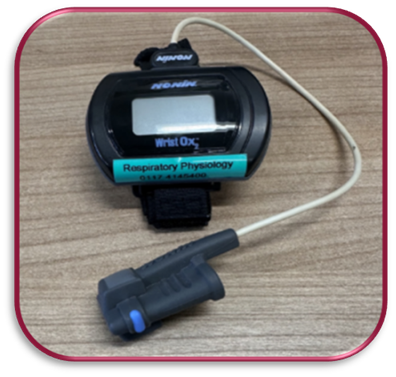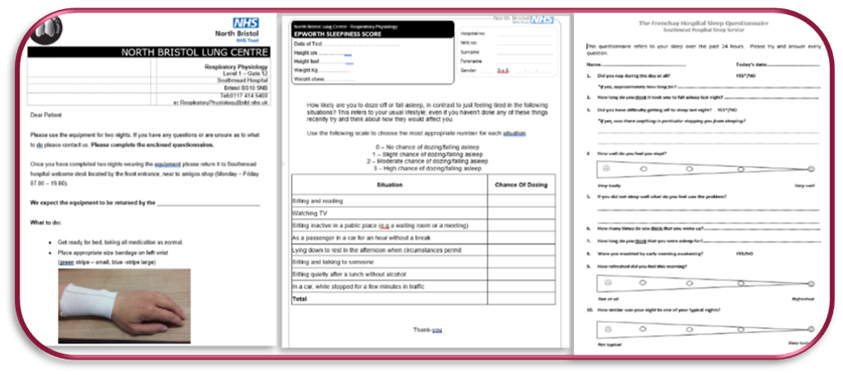Wire guided wide local excision (breast surgery)
This leaflet has been produced to help explain what your procedure entails. We hope you will find it helpful. Please ask if there is anything that is not clear.
When is this done?
This is done when there are some changes in the breast which have been found on mammogram or ultrasound scan which we are concerned about, but we cannot actually feel anything in the breast. Therefore a fine wire will be inserted into your breast to help the surgeon locate the correct area.
Before your operation
Prior to your operation you will be asked to attend a pre-operative assessment. This appointment is to ensure you are fit for a general anaesthetic.
In hospital
The wire will be inserted in the Breast Care Centre on the morning of your operation (or occasionally the day before) and a mammogram or ultrasound will be performed and used as a guide to placing the wire. This maybe a bit uncomfortable but it is necessary and should not last too long. Although the placing of the fine wire will take seconds, the whole procedure will take approximately half an hour. A local anaesthetic is normally offered for this procedure, but some are performed without it.
The wire will be coiled flat against the skin and secured firmly and a dressing placed over the top. On the day of the operation you will be taken to theatre for your surgery, which will be performed under a general anaesthetic. By carefully tracing along the guide wire, the surgeon removes the wire and a piece of breast tissue. The specimen is then x-rayed to confirm it contains all the abnormality.
As a result of the operation you will have a small scar on the breast.
Risks / complications
Your ultimate safety is our first priority, but as with all procedures involving needles, there are always potential risks.
There is a very small risk of brusing and infection and on extremely rare occasions a pneumothorax (introduction of air into the covering of the lungs) may be induced. Every precaution will be taken to avoid any of these. Any risks of surgery will be fully discussed with you before your operation.
Going home
Depending on individual circumstances you will be able to go home later the same day or the following day.
Stitches and dressing
The stitch (suture) is made of absorbable material and therefore you will not need to have any stitches removed. You will have a clear plastic dressing over your wound which means you can shower or bathe normally. Try to keep the transparent dressing on for seven days. You can then remove the dressing and treat the skin as normal. If the dressing does not come off easily or you do not feel able to remove the dressing telephone your Clinical Nurse Specialist for advice.
Outpatient appointment
You will be given an appointment approximately 2 weeks after your operation to discuss the results of your surgery, either in person by attending the clinic or by telephone.
At home
Some bruising of the surrounding area is very common and may take several weeks to completely clear. Take painkillers (e.g. Paracetamol) for any discomfort. You may find it more comfortable to wear a bra. Resume normal daily activities as soon as you feel able.
More information
If you have any questions or anxieties, please contact either your Clinical Nurse Specialist or GP for advice.
How to contact us:
General enquiries: 0117 414 7000
© North Bristol NHS Trust. This edition published December 2023. Review due December 2026. NBT002744




















